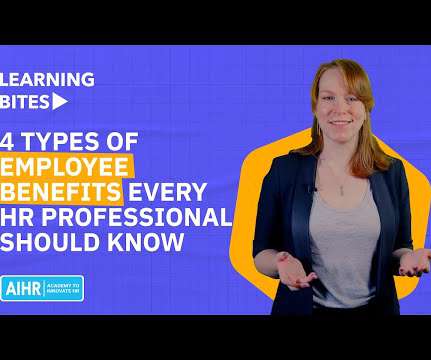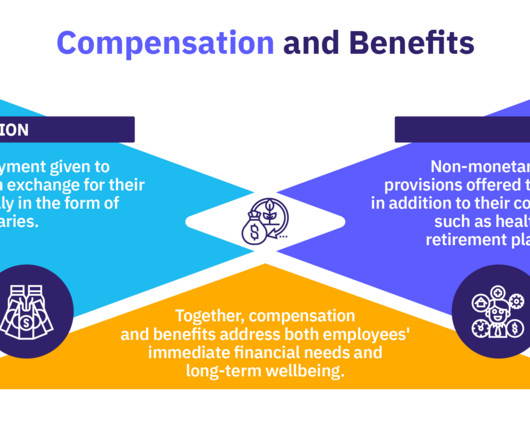Types of Employee Benefits: 12 Benefits HR Should Know
Analytics in HR
FEBRUARY 10, 2023
Compensation on its own is not enough to engage employees and attract job seekers who now expect more comprehensive rewards for their work. Employee benefits are an indirect form of compensation that organizations provide to their workers through programs, policies, or services. Why are employee benefits important?

















Let's personalize your content